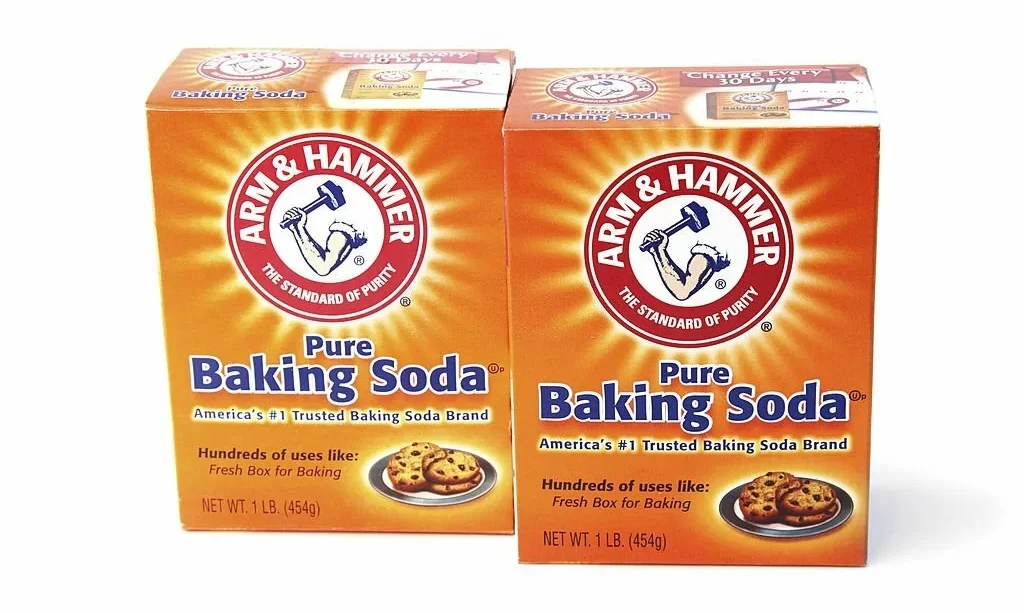Arm and Hammer Baking Soda is a familiar household product found in kitchens and pantries across the globe. It’s known for its versatility, primarily as a leavening agent in baking. However, when it comes to its edibility, questions often arise. In this guide, we will explore whether Arm and Hammer Baking Soda is safe to consume and shed light on the distinctions between food-grade and non-food-grade baking soda. Understanding these differences is crucial for those who love to cook and bake, as the quality of your ingredients matters in the culinary world.
Food-Grade Baking Soda vs. Non-Food Grade
One of the most critical factors in determining whether Arm and Hammer Baking Soda is edible is its classification as food-grade or non-food-grade. Food-grade baking soda is specifically manufactured for culinary use. It undergoes a stringent purification process to ensure that it’s safe for consumption. Non-food-grade baking soda, on the other hand, is intended primarily for cleaning and household purposes. The key distinction lies in the purity and quality of the product. Food-grade baking soda is held to higher standards to meet the safety requirements for human consumption, making it the appropriate choice for culinary endeavors. Non-food-grade baking soda may not adhere to the same rigorous standards and is best reserved for other non-edible applications. So, when it comes to using Arm and Hammer Baking Soda in your cooking and baking, opt for the food-grade variety to ensure its safety and suitability for consumption.
Food Uses of Arm and Hammer Baking Soda
Arm and Hammer Baking Soda has a multitude of culinary applications. When it’s the food-grade variety, it can play a significant role in the kitchen. One of its most common uses is as a leavening agent in baking. In recipes for muffins, pancakes, cookies, and many other baked goods, baking soda helps create a light and airy texture. It works by releasing carbon dioxide gas when it reacts with acidic ingredients, such as vinegar or buttermilk. Additionally, it can be employed in savory dishes like beans to reduce their cooking time and make them more digestible. Baking soda can also serve as a versatile cleaning agent for fruits and vegetables, helping to remove surface pesticides and contaminants. In the realm of cooking, it plays a unique and valuable role, making it an essential ingredient in many households.
Safety and Precautions
While Arm and Hammer Baking Soda has its culinary merits, it’s crucial to exercise caution and follow safety guidelines when using it in cooking. Using baking soda in excessive quantities or without proper precautions can have health consequences. Overconsumption of baking soda can lead to digestive discomfort, including gas and bloating. It’s essential to use baking soda in the quantities specified in recipes and not as a substitute for other ingredients. Moreover, individuals with certain medical conditions, such as kidney disease or high blood pressure, should be particularly cautious about their baking soda consumption, as it can exacerbate these conditions. Responsible usage is key to ensuring that baking soda enhances your culinary creations without compromising your well-being.
Conclusion
In conclusion, Arm and Hammer Baking Soda can indeed be edible and a valuable addition to your kitchen, provided it’s the food-grade variety. Its versatility spans across baking, cooking, and even cleaning. However, always make sure you are using the food-grade version when incorporating it into your culinary adventures. When used appropriately and in moderation, it can enhance the flavors and textures of your dishes, making your cooking and baking experiences all the more delightful. With a keen understanding of its distinctions and precautions, you can confidently wield this pantry staple to create culinary masterpieces while ensuring your well-being.





